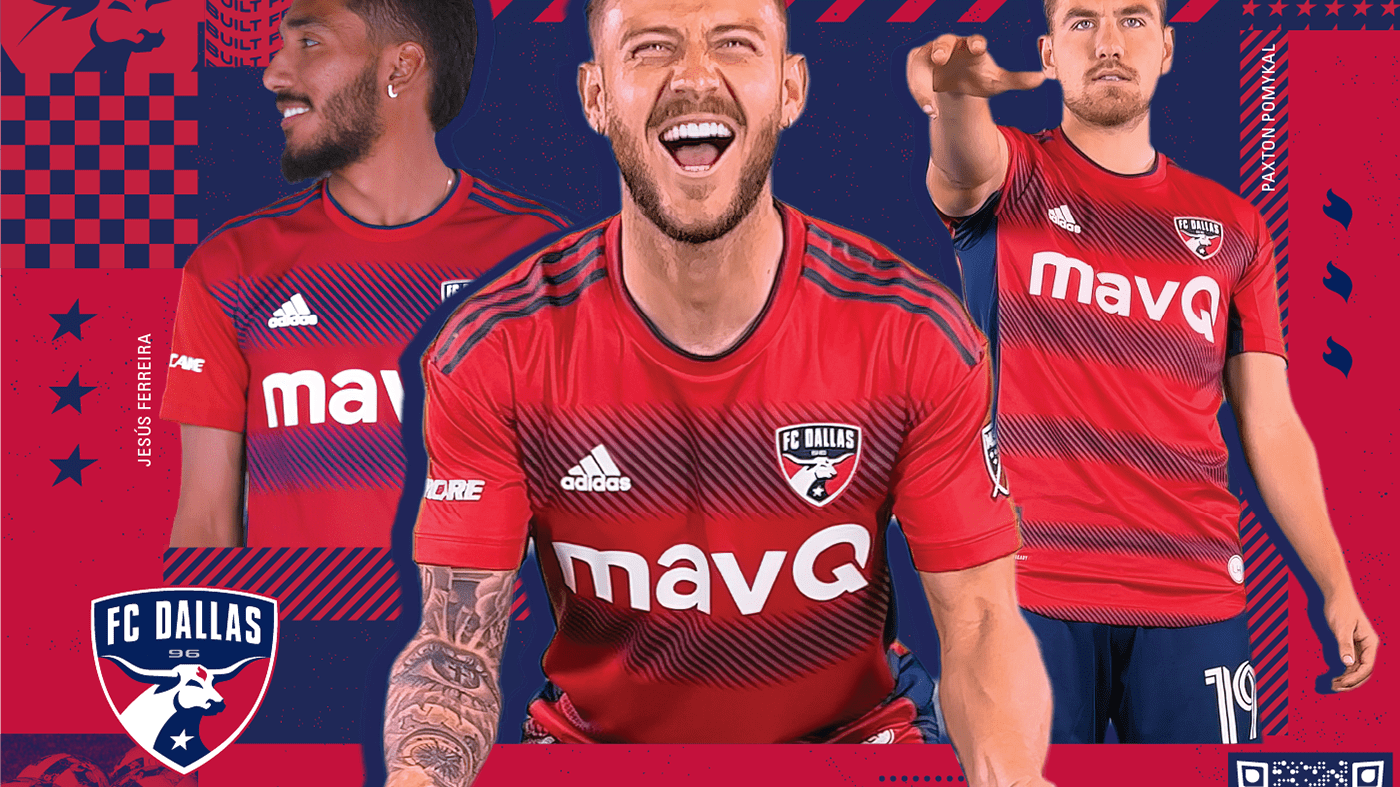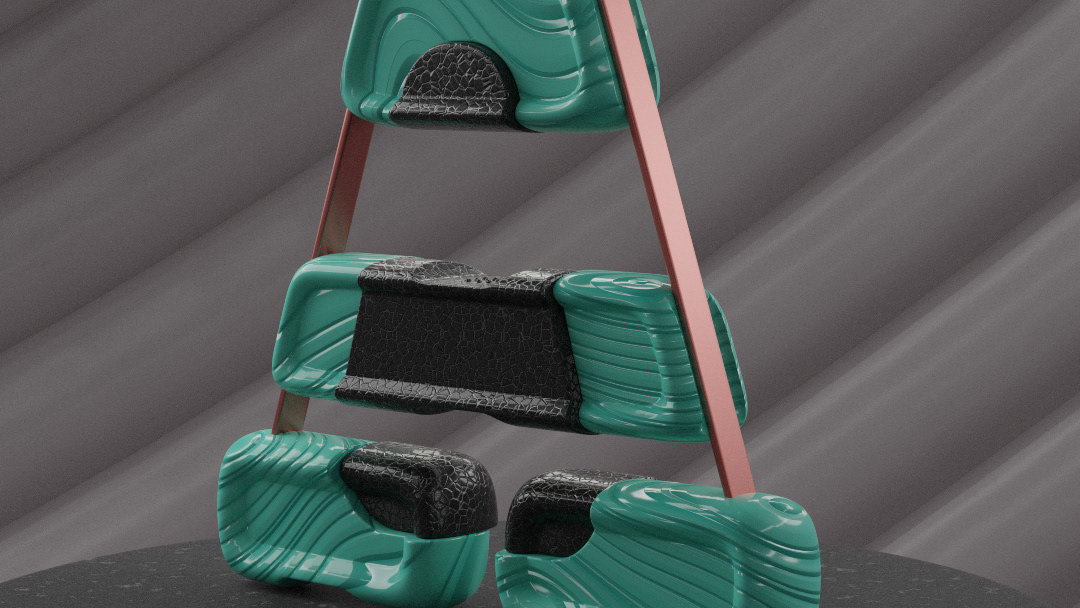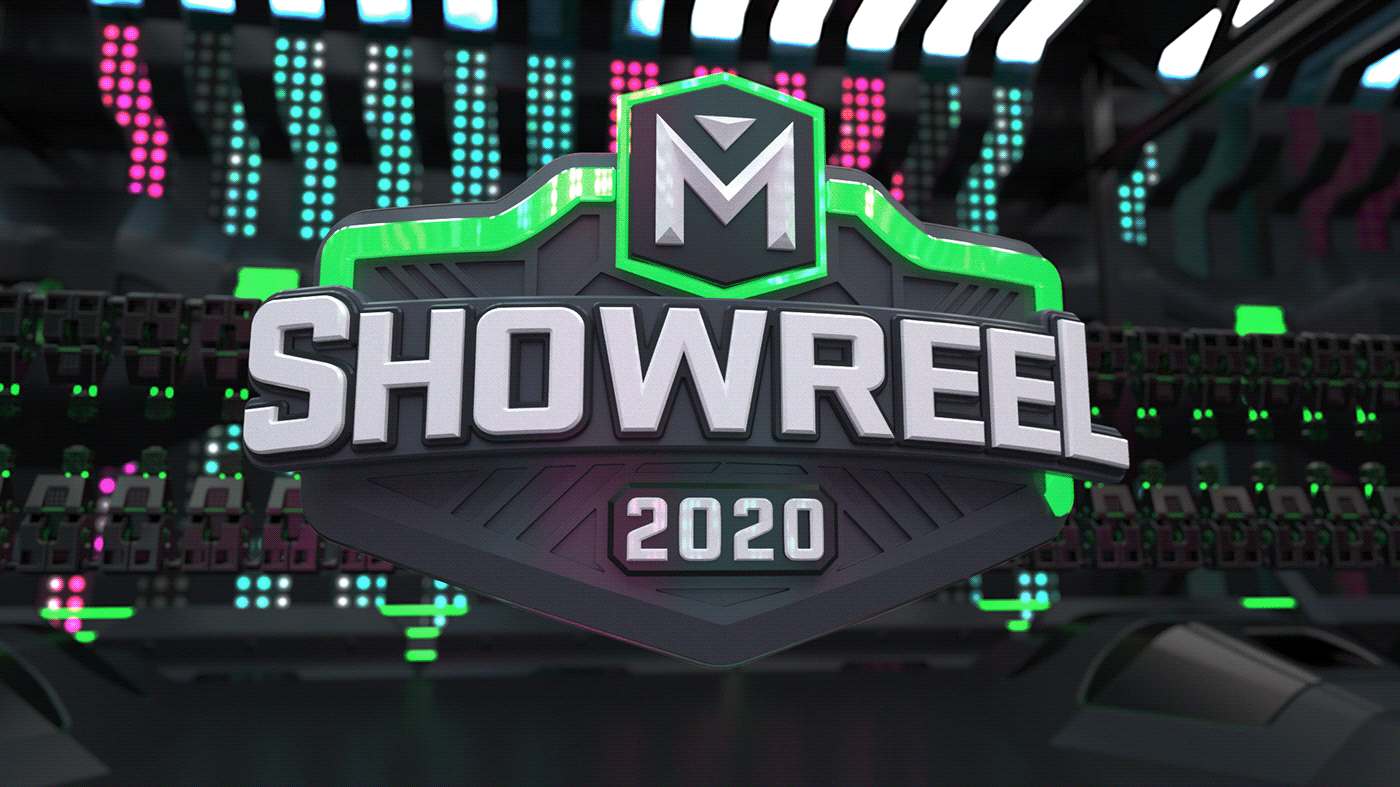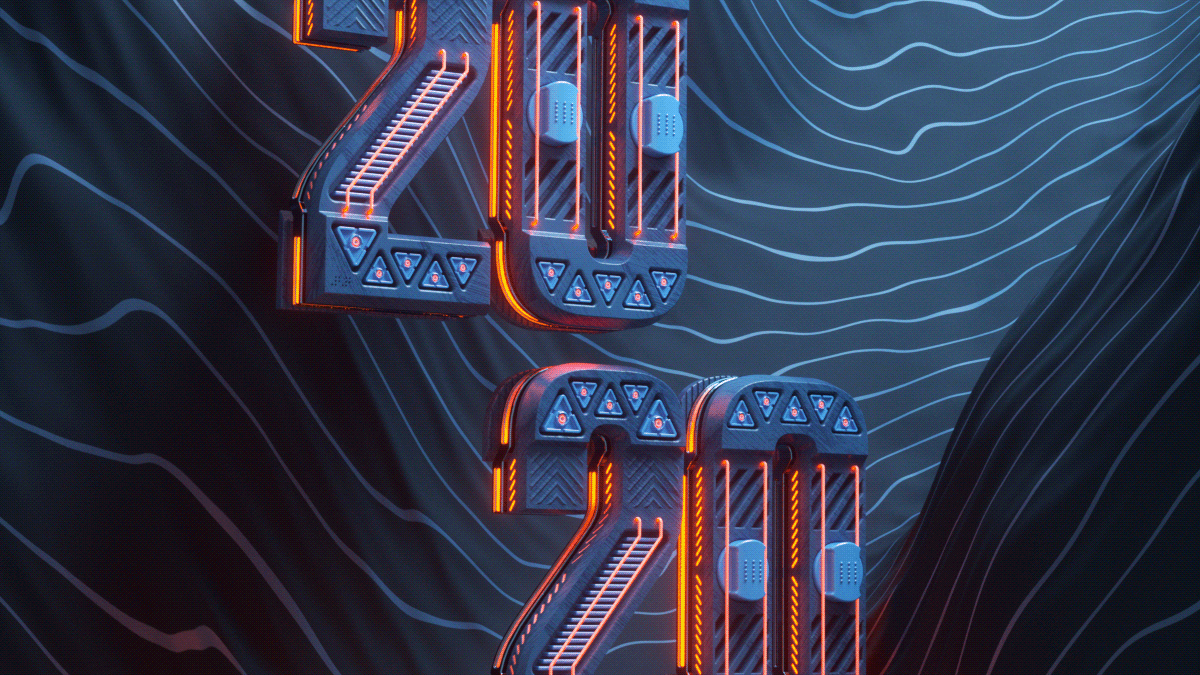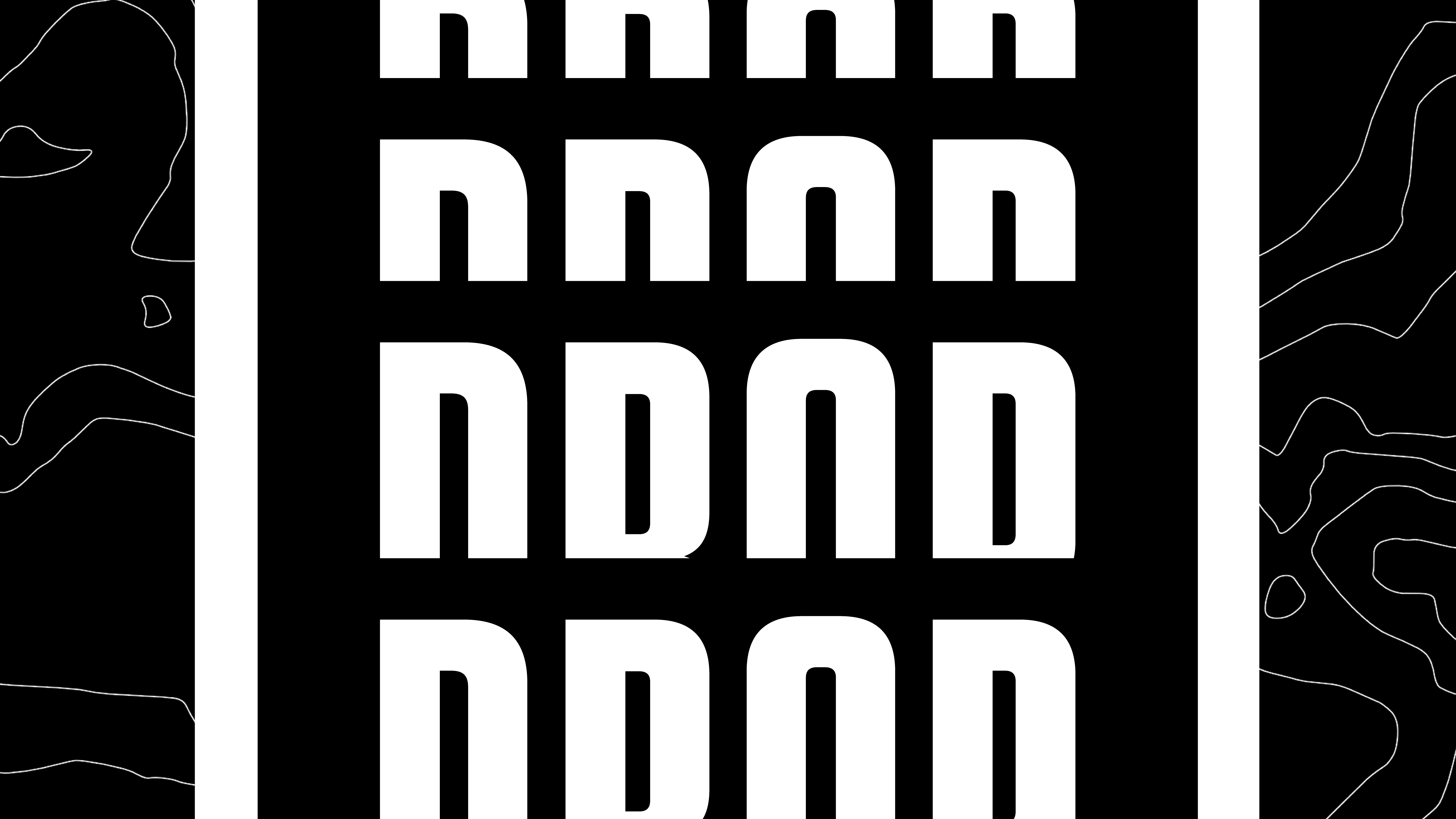Team and Roles:
Marco Rodriguez - Creative Director / Motion Graphics / Concept Development
Brett Williams - Sr. Web Dev / Software Engineer
Ethan Compton - Producer
Wade - Web Dev / Software Engineer
Saranporn (Mook) Ruengpatana - UI/UX Designer
Joy Weimer - 3D Modeler
Andrew Carman - Audio Engineer
Ethan Compton - Producer
Wade - Web Dev / Software Engineer
Saranporn (Mook) Ruengpatana - UI/UX Designer
Joy Weimer - 3D Modeler
Andrew Carman - Audio Engineer
In 2017, Toyota Motor North America announced plans to build the world's first megawatt scale carbonate fuel cell power generation plant featuring a hydrogen fueling station to support vehicle processing and distribution center operations for Toyota Logistics Services (TLS) at the Port of Long Beach. The project is now underway, and the new TLS Distribution Center is scheduled for completion this year.
The 166,500-square-foot facility is dedicated to processing over 200,000 auto imports annually at the Port of Long Beach. It is designed to be carbon neutral and incorporates a variety of sustainable technologies, including tri-generation, fuel cells, and hydrogen.
Tri-generation is a process that generates electricity, heat, and cooling from a single source. This is more efficient than generating each of these resources separately, and it reduces greenhouse gas emissions.
Fuel cells convert hydrogen into electricity, with only water vapor as a byproduct. This makes them a clean and efficient source of power.
Hydrogen fueling stations provide a convenient way for vehicles to refuel with hydrogen. This is important for the adoption of hydrogen fuel cell vehicles, which are zero-emission vehicles.
The new TLS Distribution Center is a major step forward for Toyota's commitment to sustainability. It is a state-of-the-art facility that will help Toyota reduce its environmental impact and promote the use of clean energy.
To support Toyota’s efforts to have the project LEED certified, My team at Groove Jones helped to create an interactive educational experience.
LEED (Leadership in Energy Environmental Design) is the most widely used green building system in the world, and certification means healthier, more productive places for people to live, learn, work, and play, as well as less stress on the environment, by encouraging energy and resource-efficient buildings.
WebGL allows the creation of dynamic ways for virtual visitors to both read information about the subject matter and interact with it so that they may become active and engaged participants in the content.
To prepare the WebGL experience, first, the team recreated the Toyota Logistic Services Distribution Center at Long Beach using 3D software, along with various animated vehicles and other exciting artifacts for users to tap and explore
Visit the experience here:
Toyota TLS Interactive Experience
Visit the experience here:
Toyota TLS Interactive Experience
Visitors to the site can learn about six specific features that highlight areas needed for LEED Certification:
- Sustainable Sites
- Water Efficiency
- Energy and Atmosphere
- Materials and Resources
- Indoor Environmental Quality
- Innovation and Design







The site works on both mobile and desktop computer browser devices. This compatibility allows for a scaled experience for a global audience to be able to virtually tour the facility without the need of special plugins or applications.
Toyota is actively engaged in its Toyota Environmental Challenge 2050, a goal of zero tailpipe emissions, zero carbon lifecycle for its vehicles, and zero carbon for its facilities by 2050.
In addition to its carbon goals, the company has outlined steps to take in three other key areas as part of its 7th Environmental Action Plan for North America: optimization and minimization of water use, support of recycling and a circular economy, and enhancement of biodiversity. These areas were used as a guide in the design, construction, and planned operation of the TLSDC Long Beach site.

